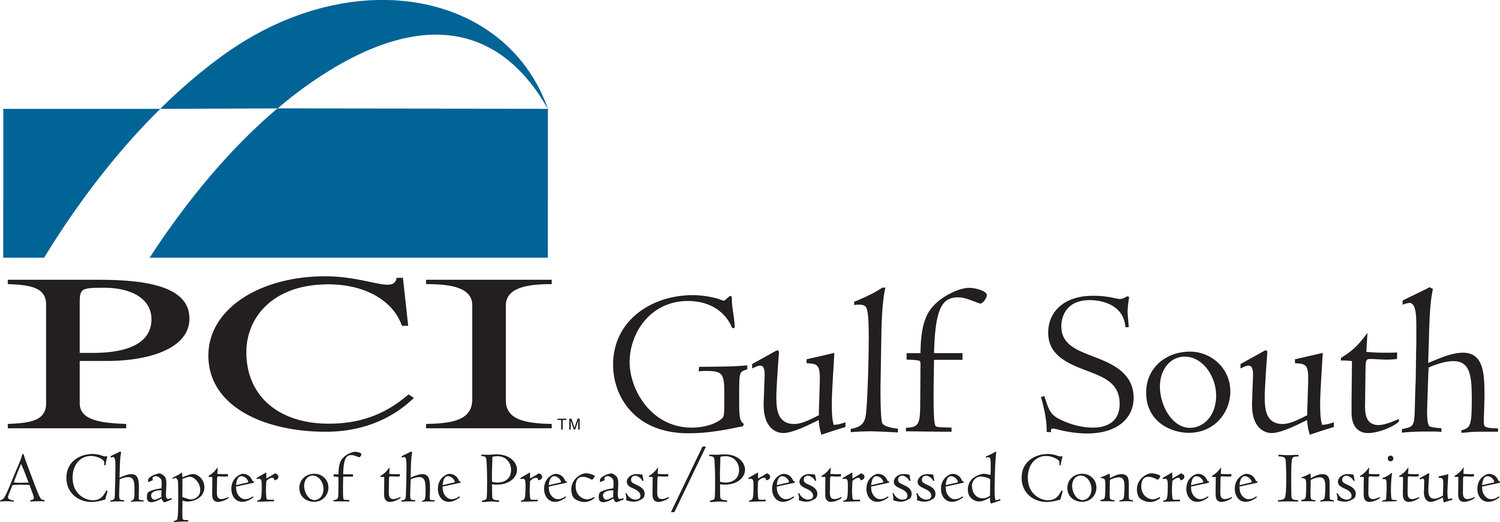Organizing Your Precast Plant
/One of the most productive ways to keep a precast plant organized is through the implementation of Lean manufacturing methods. The core concept of Lean manufacturing is to reduce waste from the manufacturing process and improve efficiency by utilizing the input of plant personnel to provide input into possible improvements.
The following methods have been found to be successful for creating and maintaining an organized precast plant. Many of the ideas listed below were generated by employees who worked together to discover areas in need of improvement. The philosophy of employee engagement in the process creates “buy in” where employees recognize the changes aren’t happening TO them, but rather, FOR them.
Rolling Tool Carts
Rolling tool carts allow plant set-ups to be flexible and easily adjusted. Carts save time and energy by allowing bulky items to be moved without physical exertion or multiple employees.
Tool Walls & Shadow Boards
Tool organization assists personnel when storing tools and makes it easy to see if anything is missing or out of place when shutting down for the day. Subsequently, each new day starts with everything organized and ready to go.
Established locations for specific items
Establishing specific locations for specific items results in everyone knowing where to find what they need. Established locations saves time “hunting” for “lost” items.
Labeled Fork Racks for embedded plates
Following the same concept of shadow boards and labeled bins, having a designated and labeled location for embed plates keeps items collected and centrally located for ease of use.
Tool Boards for each precast bed
Tool boards for each precast bed reduces the need for personnel to locate and carry needed tools from one bed to the other. Less steps = less fatigue + less time wasted.
Cross-Training Personnel
Cross training plant personnel involves multiple employees mastering the same job tasks. By employing this technique production time is not lost or slowed when an employee is not at work. This practice is also key when an employee leaves the company and a new employee has not been secured or trained.
Designated Recycling Area
Insulation, strand and wash water are all examples of recyclable materials that can be reused or repurposed in an effort to help reduce waste and create a cleaner work environment. Repurposing and recycling are not only environmentally friendly but they reduce costs and waste.
Recording process for broken tools and equipment
Creating a designated log and location for broken tools reduces frustration and potential safety issues by pulling items in need of attention to the side for assigned personnel to determine if repair or replacement is needed.
Assigned Tasks for personnel
Assigning a specific employee with an organizational tasks to be completed daily is a great way to keep the plant organized, add responsibility and hence “buy in” from plant personnel. Employees are more likely to return items and follow organizational processes throughout the day if they know they will be responsible for “putting the pieces back together” at the end of the day.
Reward
It doesn’t matter how old you get or where you work, being appreciated and rewarded for your effort feels good. Rewards can be big or small and can be planned or spontaneous. From a pizza lunch on a Friday to a big box of warm donuts on a cold Monday morning, employees recognize and value being treated well when they are working hard to follow plant processes.
Labeled Bins
Bins that are properly labeled make it easy for both new and experienced personnel to locate needed items. Labeled bins also streamline the inventory process.
It’s important to remember is that there is room for improvement in every work environment. Nobody knows the lay of the land inside a precast plant better than the employees on the floor who spend countless hours creating product. Through a process where employees observe each other and work shoulder to shoulder to streamline processes, the use of the Lean Manufacturing model is a no brainer for improving productivity, safety and the all important bottom line.

